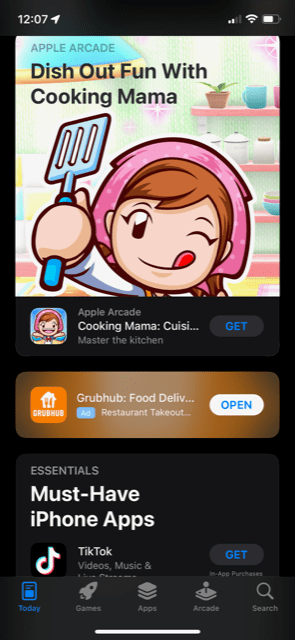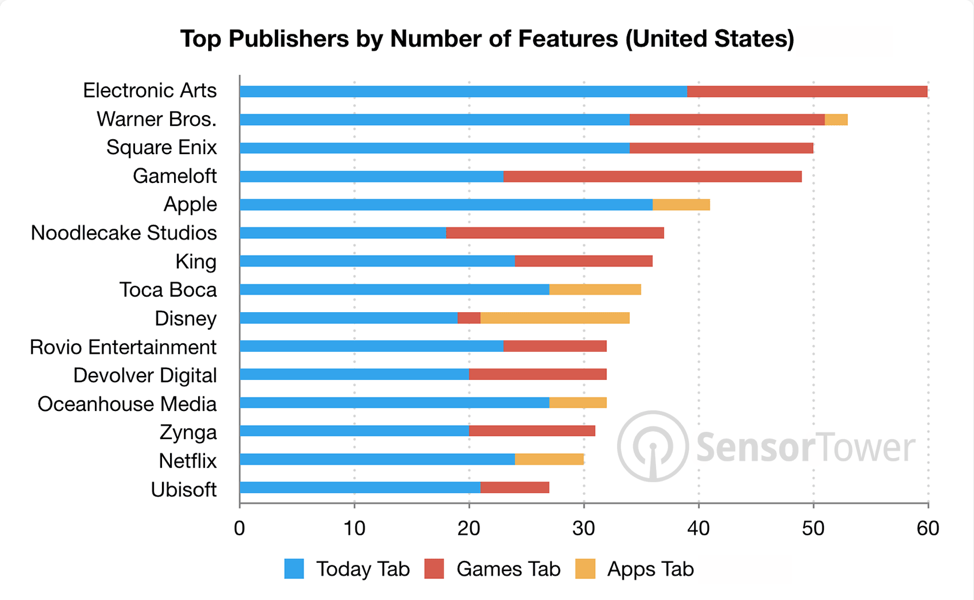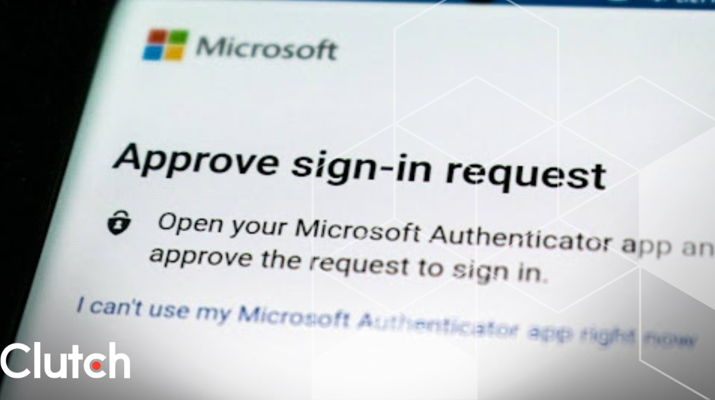

Updated June 26, 2025
Getting featured in the App Store is another tool for marketers to utilize within their marketing strategy. Being featured offers a greater potential for apps to increase visibility and downloads, resulting in lower acquisition costs, more engaged potential customers, and increased revenue.
Updated July 12, 2023
With Apple’s iOS 13 update announced at the 2019 Worldwide Developers Conference (WWDC), it’s easy to see Apple’s dedication to creating a unique user experience. The goal is to revolutionize the way users discover and use mobile products. Since then, many different app developers have been committed to following Apple’s standards when it comes to creating apps for services like social media.
Looking for a Mobile App Development agency?
Compare our list of top Mobile App Development companies near you
With this iteration, app developers need to be aware of changing App Store review guidelines that impact the security and privacy of iOS users. iPhone apps targeted towards children, especially, cannot include third-party advertising or analytics software. While this may impact how app developers gather data to offer more personalized experiences, the App Store itself is designed for discovery.
This article will outline how a feature placement in the App Store can be implemented into your mobile app marketing strategy. You can also leverage the benefits of being featured to impact your app positively for potential customers. Furthermore, we’ll explore five strategies developers and brands can use to increase their chances of being featured.
The App Store provides multiple touchpoints to introduce new apps to users. Some of these touchpoints are highly personalized, while others are more general. Being featured in each brings its own benefits. So which ones are worth your attention?
Tabs in the App Store make it easy to discover new apps. For example, the “Today Tab” presents users with original stories from editors worldwide, highlighting exclusive premieres, new releases, an App of the Day, and a Game of the Day. Users land on the Today tab when opening the App Store. So, if you want to reach the widest possible audience, getting featured in the Today tab is a good place to land.

Publishers can also get featured through Apple’s “Lists.” Editors curate these lists based on themes. For example, these lists can showcase apps related to healthy cooking, gaming, and more. Each list only features apps related to a particular theme, so leveraging themed lists can be a great way to target and acquire users who are specifically interested in your content.
Statista reports that Apple’s App Store had nearly 1.6 million apps available for download by the second quarter of 2022. Sticking out in such a saturated market can be a real challenge. And trying to acquire users who will engage with your app can be equally tough.
However, taking advantage of the App Store’s features has been statistically shown to boost downloads. Since Apple launched the app store in 2018, developers have been paid over $300 billion on the App Store. On the App Store, companies can create opportunities to boost brand awareness by using their market channels, giving out promotional offers and codes for subscriptions, using Apple search ads for promotions, and more.
It’s clear that the App Store’s promotional functions all have a significant effect on download numbers.
You can leverage the opportunity of being featured in the App Store as a marketing tool. Not only does it result in more favorable outcomes, but it also provides a chance to gauge user feedback and understand what they want to see in an app. This helps build up a loyal user base and generates higher retention rates.
Here are 3 major marketing benefits of being featured in the App Store.
Acquisition cost refers to the amount marketers spend on each tactic used to promote an app, the ultimate goal being to drive downloads and acquire users. User acquisition is an important aspect of mobile app success. But this takes abundant time, effort, resources, and money to see an increase in conversion rates, app downloads, and other acquisition-related metrics.
By getting featured in the App Store, potential users have a better chance to discover—and install—your app organically. Because organic channels are essentially free when compared to other digital marketing promotional methods, such as pay-per-click (PPC), the organic impressions that come from being featured result in lower acquisition costs.
Being featured in a themed list also increases your app’s visibility among relevant users who are interested in your content. Exposing your app to the right audience is important because users are only effective if they engage with it. Having more qualified users who find your app useful and interesting will result in higher engagement metrics and retention rates. That directly translates to app growth and success.
While organic impressions and higher visibility will improve your app’s download chances, your download numbers determine your revenue potential. For example, if your app monetization strategy is based on in-app purchases, attracting users who actually want to engage with your content increases the likelihood they will spend money to both download your app and make in-app purchases.
Considering this figure below from SensorTowers, it can seem that well-established apps have an advantage when it comes to being chosen by the editors.

The graph shows that the top U.S. publishers with the highest number of App Store features are all big-name companies. However, it is important to note that the app store is also making significant efforts to feature and push apps from small publishers.
Here are some tips you can implement to increase your chances of getting featured:
App Store editors won’t promote an app that provides a subpar experience. Be sure to make your app useful and intuitive to use, and try to fix any bugs in your app. It's also essential to keep your app up-to-date by adding new features and adapting to ever-changing user needs.
Apple will be more inclined to feature apps that are specifically built for iOS, rather than cross-platform. You should focus your efforts on developing native iOS apps. Apple favors native iOS apps because they generally offer a better user experience than hybrid versions. Hybrid apps typically sacrifice the user experience to be functional across multiple platforms.
Apple is always trying to promote its products, so aligning your goals with Apple’s objectives makes sense. For example, if Apple promotes an API, you could build a product that leverages this new API.
If you help promote Apple products to users, there is a better chance that Apple will return the favor. To take it one step further, you can make your app available across other Apple products, such as the iPad and Apple Watch.
App Store Optimization (ASO) is the process of optimizing your app store listing so that your app ranks higher in search results. The higher your app ranks, the more visible it is to potential users. Ultimately, this increased visibility can lead to more downloads, which will help your app get noticed by editors.
The two main factors that affect your optimization are your title and keywords. Keywords refer to words that your target audience frequently uses when searching. These should be strategically placed throughout your listing so that your app shows up when users search for those words.
Additionally, the keyword you place in your title should be the one with the heaviest search traffic. After all, the title of your app is the first thing potential users will see.
Pitching is a useful tactic if carried out persuasively. Take the time to carefully draft a convincing pitch that outlines what your app does and what makes it unique. When considering apps to feature, editors look for high-quality apps in all categories, especially new apps, and apps with recent updates. Apple accepts pitch emails to a formalized messaging system accessible through your Apple ID.
Mobile app success is not determined by one factor alone but by multiple factors working in tandem. Numerous downloads are fantastic, but only if those downloads result in repeated use. Being featured in the App Store allows marketers to influence these success factors.
As more users see your featured app, you’ll likely see an increase in downloads. But it’s more important to consider how a user found your app in the first place, be that from previous download history or an interest in your content.
Getting featured and attracting the right type of downloads will directly play into your app’s success and offer a lifetime of value.
Additional Reading:


